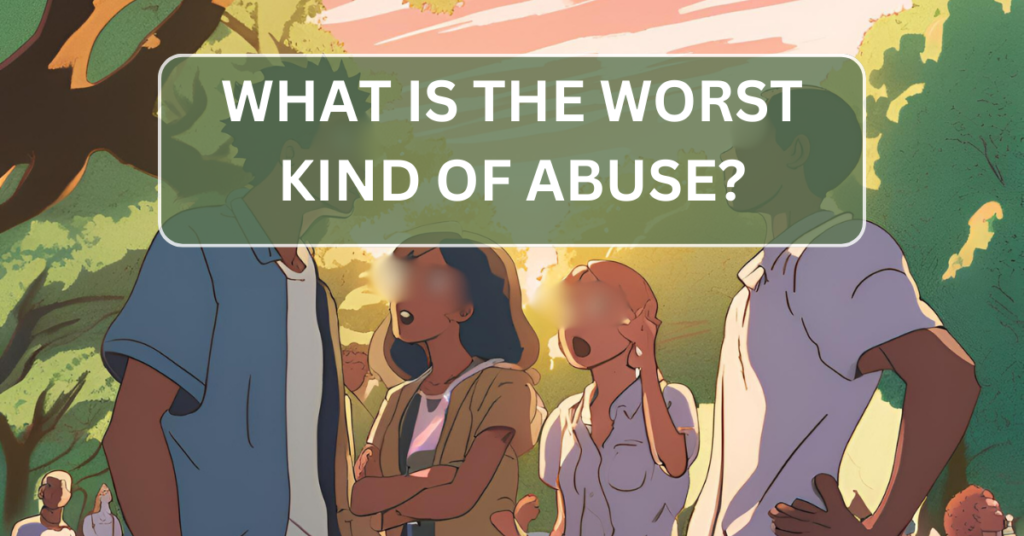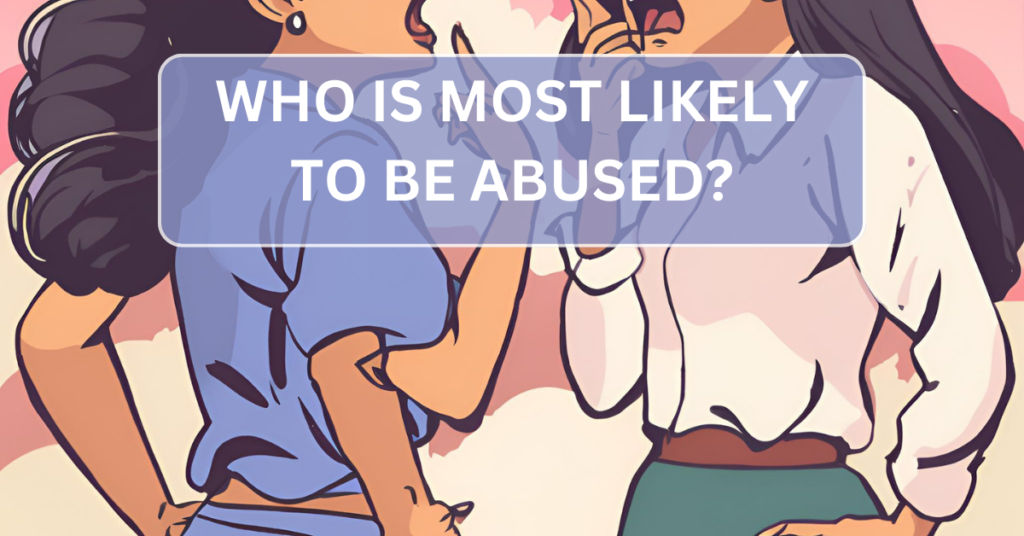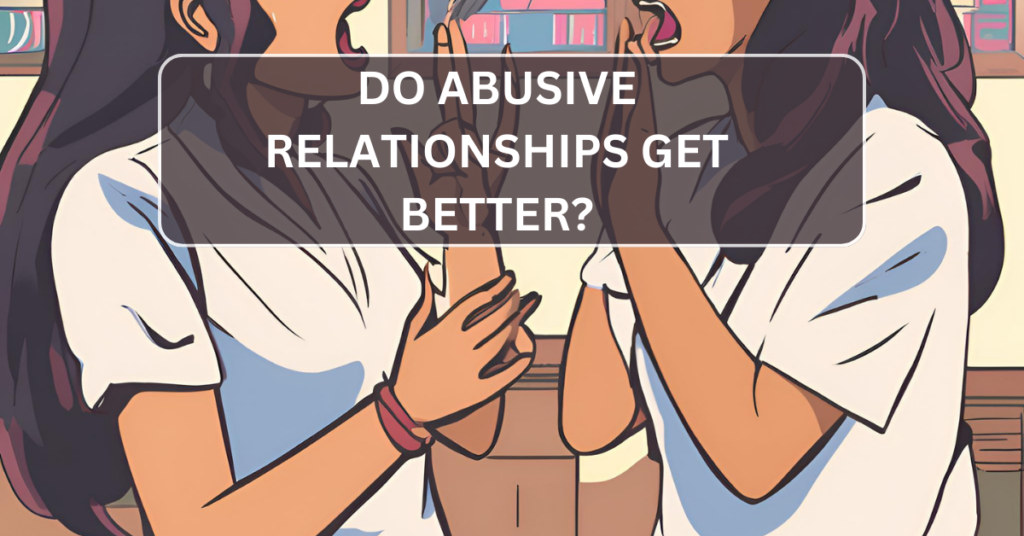
Abuse comes in many forms—physical, emotional, sexual, financial, and neglect, among others. Each form leaves its own scars, and determining the “worst” type of abuse can be complex because the impact of abuse is deeply personal and varies from one individual to another. However, understanding the different types and their potential effects helps shed light on this sensitive topic.
1. Emotional and Psychological Abuse
Often overlooked, emotional abuse can be one of the most damaging forms of mistreatment. This type of abuse involves manipulation, intimidation, and consistent patterns of degrading or controlling behavior.
- Why It’s So Damaging: Emotional abuse erodes a person’s sense of self-worth and identity. The scars are invisible but often take years to heal.
- Examples: Gaslighting, constant criticism, humiliation, isolation, and threats.
- Impact: Chronic emotional abuse can lead to anxiety, depression, PTSD, and difficulty forming healthy relationships.
2. Physical Abuse
Physical abuse involves intentional harm to a person’s body. It’s the most visible form of abuse, often leaving bruises, scars, or other physical injuries.
- Why It’s So Damaging: In addition to physical pain, survivors often carry deep emotional trauma from being subjected to violence.
- Examples: Hitting, choking, burning, or restraining someone against their will.
- Impact: Physical abuse can result in long-term health issues, disabilities, and psychological disorders.
3. Sexual Abuse
Sexual abuse is a deeply violating form of mistreatment that leaves profound emotional and psychological scars.
- Why It’s So Damaging: It attacks a person’s sense of safety, autonomy, and dignity. Victims often struggle with shame and guilt, even though they are not at fault.
- Examples: Rape, molestation, sexual harassment, or coercion.
- Impact: Survivors frequently face PTSD, anxiety, depression, and challenges with intimacy and trust.
4. Financial Abuse
While it might not involve physical harm, financial abuse can be equally devastating by stripping individuals of their independence and control.
- Why It’s So Damaging: It creates a cycle of dependence, leaving victims trapped in abusive situations with no means of escape.
- Examples: Controlling a person’s finances, withholding money, or exploiting their resources.
- Impact: Financial abuse can lead to poverty, homelessness, and long-term insecurity.
5. Neglect
Neglect, often experienced by children, the elderly, or individuals with disabilities, involves the failure to meet basic needs such as food, shelter, and medical care.
- Why It’s So Damaging: It communicates that the victim’s life and well-being are unimportant, causing profound emotional damage.
- Examples: Failing to provide adequate nutrition, hygiene, or medical attention.
- Impact: Neglect can lead to physical health issues, developmental delays, and severe emotional trauma.
6. Institutional and Systemic Abuse
This type of abuse occurs within institutions such as schools, prisons, or elder care facilities. It may also include systemic injustices perpetuated by societal structures.
- Why It’s So Damaging: Victims feel powerless against a larger system, leading to a profound sense of helplessness.
- Examples: Abuse in foster care, mistreatment in nursing homes, or discrimination in the workplace.
- Impact: Institutional abuse can affect countless individuals, perpetuating cycles of harm and mistrust.
Which Is the Worst Kind?
The answer to this question depends on the individual experience of the survivor.
- Interconnected Trauma: Many victims experience multiple forms of abuse simultaneously, compounding the harm.
- Subjective Experience: What feels unbearable to one person may affect another differently.
Ultimately, any abuse that robs someone of their safety, dignity, or sense of self is devastating. The “worst” kind of abuse is the one that causes the most harm to an individual in their unique situation.
Breaking the Silence
No matter the form, abuse thrives in secrecy. It’s vital to foster open discussions, provide resources for survivors, and hold abusers accountable. If you or someone you know is experiencing abuse, seek help immediately—there is no shame in asking for support.


